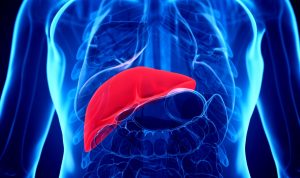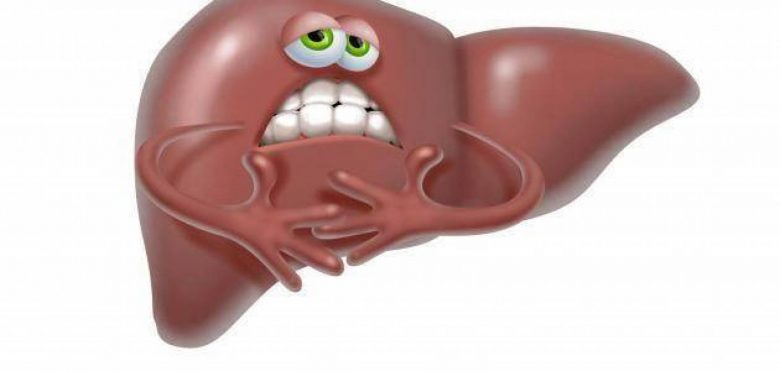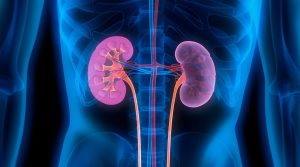The liver is the undisputed leader in terms of the number of functions. After all, it has been synthesizing bile for years, neutralizing toxins, inactivating excess hormones, synthesizing proteins, storing vitamins and microelements, supporting blood clotting and performing many other “work”. However, no reserves are endless, and even this “tireless worker” fails at some point.
“Unexpected” symptoms
Modern lifestyle often does not contribute to liver health. And this hardworking body can suffer from food overload, an abundance of drugs and dietary supplements, sports supplements, as well as toxins, viral infections and many other factors.
At the same time, due to the variety of its “activities” and the most powerful restorative abilities, in the early stages the liver signals about “problems” with completely unexpected symptoms.
And the following may come to the fore:
signs of vitamin D and A deficiency, which are not only stored in the liver, but also require bile to be absorbed;
signs of iron deficiency anemia (weakness, hair loss, dry skin and inflammation, decreased immunity, and others), since the liver normally stores iron in the form of ferritin;
persistent hormonal disorders, because the liver not only inactivates excess hormones, but also synthesizes the basis of many of them (cholesterol), and also provides their “transport” (carrier proteins);
unmotivated fatigue, since the mitochondria of the liver cells are the most active;
disturbances in cholesterol balance;
the appearance of edema – due to a deficiency of proteins synthesized by the liver and “retaining” the liquid part of the blood (plasma) from seeping into the tissue;
increased bleeding and easy bruising, because the liver synthesizes coagulation factors;
distorted action of drugs – in the form of signs of “overdose” and more pronounced side effects.
Well, dyspeptic phenomena such as nausea, bitterness in the mouth, stool disturbances, discomfort and pain in the abdomen, especially after eating fatty foods, are “classic” signs of hepatobiliary “problems”.
How to check
The liver is just a “factory” of chemicals. And the destruction of liver cells leads to the entry of liver enzymes into the bloodstream. Of course, a minimum of such substances in the blood is present in the norm as well, because cells are also destroyed “from old age.”
Well, their significant increase is the rationale for treatment.
So, markers of liver “suffering” are the enzymes ALT and AST, exceeding which by 4 times or more is a sign of active hepatitis. And an increase in a smaller volume may indicate an “overload”, transferred viral infections and requires, at least, observation in dynamics and a “sparing regimen” for the liver.
Another criterion for the state of the liver is the level of cholesterol and its fractions (especially triglycerides). Indeed, as already noted, the synthesis of cholesterol and the maintenance of the “cholesterol” balance is one of the basic liver “options”.
The level https://en.wikipedia.org/wiki/Liver of bilirubin, in particular direct, is associated with the function of bile secretion. And it may indicate pathology not only of the liver, but also of the gallbladder (especially together with an increase in alkaline phosphatase and Gamma-HT).
And if the total bilirubin is elevated, but the direct one is not, the liver and gallbladder have nothing to do with it. And the reason should be sought in the increased destruction of red blood cells.



